Tools
 Many researchers create tools, web services, and data sets that could be very valuable to a broader audience. Using them, however, is often impeded by the required expertise, effort, or legal considerations. The COMPUTE Software Group aspires to providing services to all of DTU Compute to help them make their tools and available to the world. Our goal is to reach out to science and industry to promote the use of the tools and datasets we have created, and thus advance scientific progress at large and its economic dissemination. Read more >>>
Many researchers create tools, web services, and data sets that could be very valuable to a broader audience. Using them, however, is often impeded by the required expertise, effort, or legal considerations. The COMPUTE Software Group aspires to providing services to all of DTU Compute to help them make their tools and available to the world. Our goal is to reach out to science and industry to promote the use of the tools and datasets we have created, and thus advance scientific progress at large and its economic dissemination. Read more >>>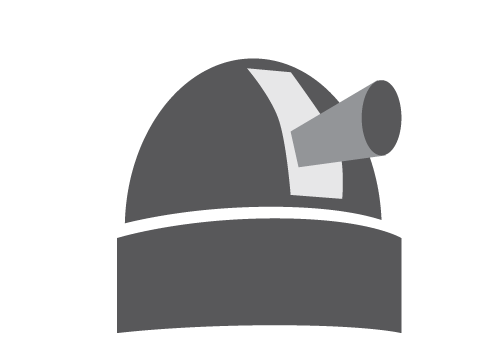 The Model Observatory is an initiative to collect, curate, and share models and knowledge about models. It has spawned the Free Models Initiative which produced a model repository index. We are currently working on an online repository to collect, store, retrieve, and distribute data sets containing conceptual software engineering models for research purposes. Its objective is to support the progress of Model Based Software Engineering as a scientific discipline, which is currently impeded by a shortage of data sets on which the community could test and benchmark their approaches. The Model Observatory is created to improve this sad state. Read more >>>
The Model Observatory is an initiative to collect, curate, and share models and knowledge about models. It has spawned the Free Models Initiative which produced a model repository index. We are currently working on an online repository to collect, store, retrieve, and distribute data sets containing conceptual software engineering models for research purposes. Its objective is to support the progress of Model Based Software Engineering as a scientific discipline, which is currently impeded by a shortage of data sets on which the community could test and benchmark their approaches. The Model Observatory is created to improve this sad state. Read more >>>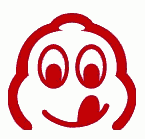 Gourmand is a tool to harvest model fragments from MS Office documents, such as PowerPoint slides or Visio drawings. Gourmand as a MSc project has been completed in May. A Special Course picked up the remaining issues successfully, so that Gourmand now also processes images. We are currently using Gourmand to harvest large numbers of models from the web. After we will have exploited Gourmand for scientific purposes, including adequate publications, it will be made available publicly, though maybe not freely. Read more >>>
Gourmand is a tool to harvest model fragments from MS Office documents, such as PowerPoint slides or Visio drawings. Gourmand as a MSc project has been completed in May. A Special Course picked up the remaining issues successfully, so that Gourmand now also processes images. We are currently using Gourmand to harvest large numbers of models from the web. After we will have exploited Gourmand for scientific purposes, including adequate publications, it will be made available publicly, though maybe not freely. Read more >>>
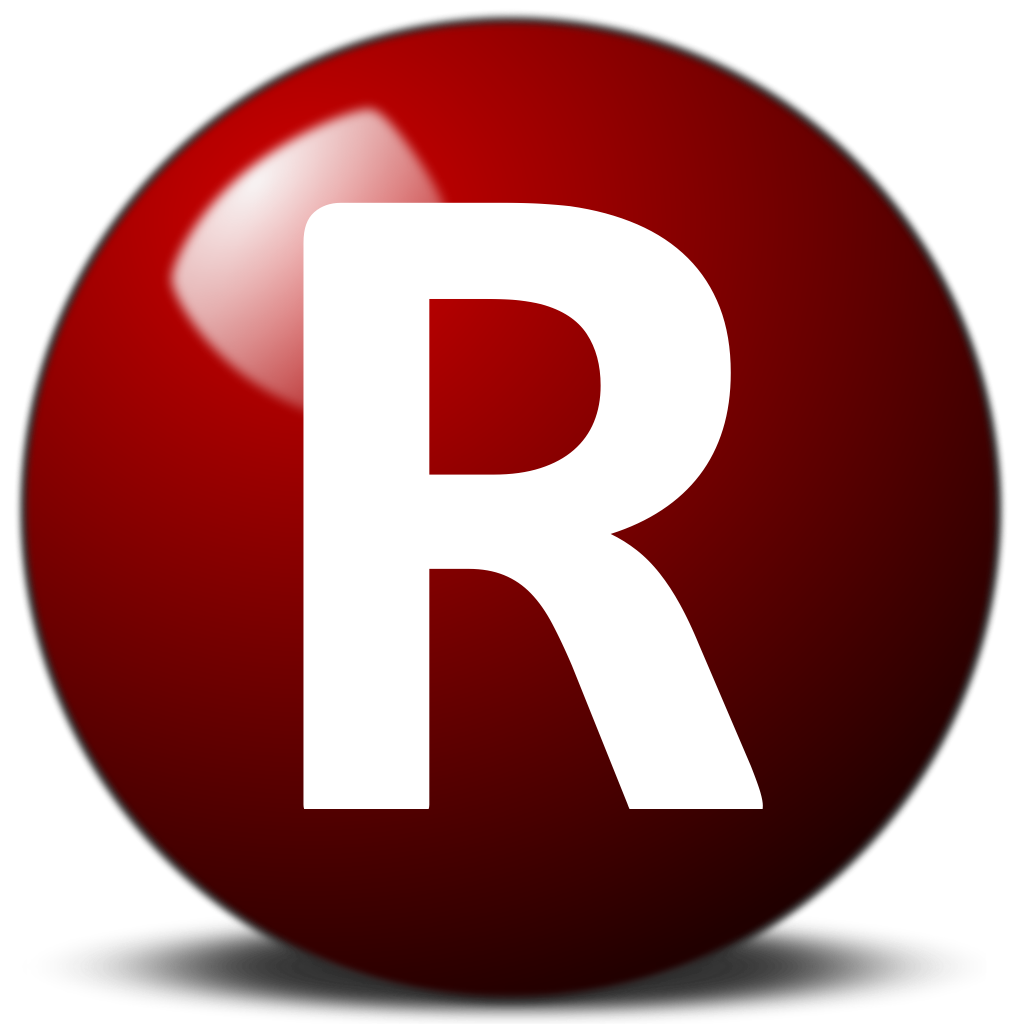 RED is a stand-alone tool for requirements engineering. RED is based on Eclipse and offers a great variety of concepts and features, most of which are covered in course
02264 (Requirements Engineering): its terminology matches that of the course exactly. Beyond creating requirements specifications, RED offers generation of reports, partial locking (e.g. for passing on specifications to an inspection), and extraction and weaving of UML model fragments.
Read more >>>
RED is a stand-alone tool for requirements engineering. RED is based on Eclipse and offers a great variety of concepts and features, most of which are covered in course
02264 (Requirements Engineering): its terminology matches that of the course exactly. Beyond creating requirements specifications, RED offers generation of reports, partial locking (e.g. for passing on specifications to an inspection), and extraction and weaving of UML model fragments.
Read more >>>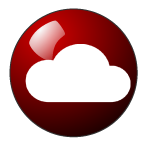 RedCloud is a collaboration server for requirements engineering in (distributed) groups. RedCloud is currently under development and is expected to be operational mid 2014. It is built using the MS technology stack and will be tightly integrated with the RED client.
Read more >>>
RedCloud is a collaboration server for requirements engineering in (distributed) groups. RedCloud is currently under development and is expected to be operational mid 2014. It is built using the MS technology stack and will be tightly integrated with the RED client.
Read more >>> REDO is an online reimplementation of (parts of) RED. It works like GoogleDoc and supports real time online collaboration. REDO is a full-stack JavaScript application. Currently, REDO is limited to editing most conceptual entities of a requirements specification. More advanced operations are so far only provided in RED.
Read more >>>
REDO is an online reimplementation of (parts of) RED. It works like GoogleDoc and supports real time online collaboration. REDO is a full-stack JavaScript application. Currently, REDO is limited to editing most conceptual entities of a requirements specification. More advanced operations are so far only provided in RED.
Read more >>>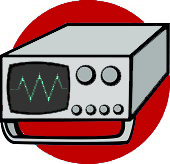 ModelScope is a tool to analyse models quantitatively. It allows a playful interaction based on the metaphor of an oscilloscope. Probably the most interesting feature of ModelScope is its ability to analyse and compare batches of models: if you want to discover a trend or similarities, there's no easier way than using ModelScope! It is also worth mentioning, that its technology allows to easily add new metrics. Read more >>>
ModelScope is a tool to analyse models quantitatively. It allows a playful interaction based on the metaphor of an oscilloscope. Probably the most interesting feature of ModelScope is its ability to analyse and compare batches of models: if you want to discover a trend or similarities, there's no easier way than using ModelScope! It is also worth mentioning, that its technology allows to easily add new metrics. Read more >>>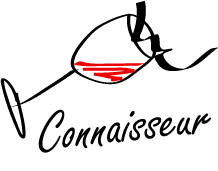 Connaisseur is a tool to analyse visual languages such as UML, BPMN, or EPCs for their cognitive effectiveness. Connaisseur is inspired by Daniel Moody's 'Physics of Notations', but goes beyond that.
Connaisseur is a tool to analyse visual languages such as UML, BPMN, or EPCs for their cognitive effectiveness. Connaisseur is inspired by Daniel Moody's 'Physics of Notations', but goes beyond that.
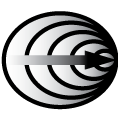 MACH is a command line model manipulation tool for clone detection, model size computation, and more. It is our proof-of-concept platform for all the new features we develop in our research. While it allows for very quick and cheap deployment, it does not offer a great deal of usability, as it is a command-line tool only.Read more >>>
MACH is a command line model manipulation tool for clone detection, model size computation, and more. It is our proof-of-concept platform for all the new features we develop in our research. While it allows for very quick and cheap deployment, it does not offer a great deal of usability, as it is a command-line tool only.Read more >>>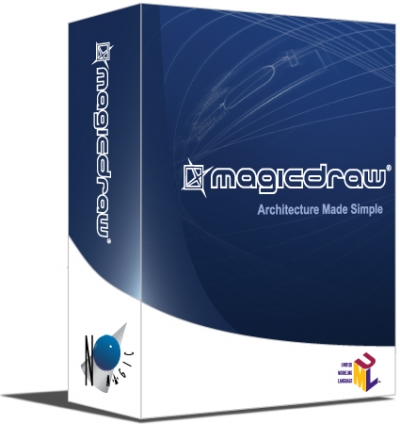 MagicDraw is one of the leading commercial tools for visual modeling with UML, SysML, BPMN, and other modeling languages. It offers a comprehensive set of features along with excellent usability. Of late, MagicDraw has become the official UML tool of DTU, and we are now able to provide it free of charge to all DTU faculty and students, including advice on introducing and using MagicDraw, and UML as such. Read more >>>
MagicDraw is one of the leading commercial tools for visual modeling with UML, SysML, BPMN, and other modeling languages. It offers a comprehensive set of features along with excellent usability. Of late, MagicDraw has become the official UML tool of DTU, and we are now able to provide it free of charge to all DTU faculty and students, including advice on introducing and using MagicDraw, and UML as such. Read more >>>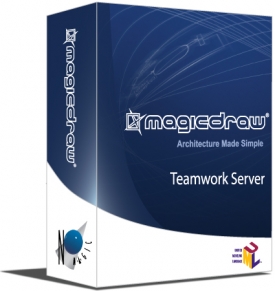 MagicDraw TeamWork Server is a team collaboration server that supports centralized version control and is fully integrated into MagicDraw. DTU has a fully-fledged campus-wide license, and a server that is ready to be used in your course or project.Read more >>>
MagicDraw TeamWork Server is a team collaboration server that supports centralized version control and is fully integrated into MagicDraw. DTU has a fully-fledged campus-wide license, and a server that is ready to be used in your course or project.Read more >>> MagicWand is a collection of small but powerful modeling utilities that are integrated into MagicDraw using their plug-in architecture and API. Currently, there are charms for model annotation with prose and reporting, attaching quantitative information, code, and review comments. The latter is integrated with FIT.Read more >>>
MagicWand is a collection of small but powerful modeling utilities that are integrated into MagicDraw using their plug-in architecture and API. Currently, there are charms for model annotation with prose and reporting, attaching quantitative information, code, and review comments. The latter is integrated with FIT.Read more >>>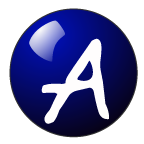 AIDE is a stand-alone GUI prototyping tool. It takes hand-drawn sketches an converts them into HTML5-mock-ups, allowing you to add rich transitions between UI parts. It also allows the user to create an abstract UI design using XUL-controls and JavaScript-elements, which can be exported as an executable XUL file. Read more >>>
AIDE is a stand-alone GUI prototyping tool. It takes hand-drawn sketches an converts them into HTML5-mock-ups, allowing you to add rich transitions between UI parts. It also allows the user to create an abstract UI design using XUL-controls and JavaScript-elements, which can be exported as an executable XUL file. Read more >>>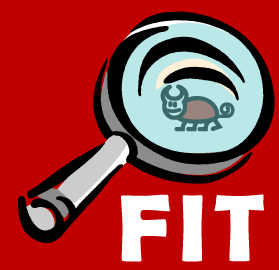 FIT is a web-based tool that facilitates formal ("Fagan-style") software inspections. By allowing collaboration over the web, FIT makes it easier for students to work together on a project. Since the inspection technique is applicable to any kind of artefact, it can be applied at any stage of the software development life cycle. Balancing cost and benefit, this is a strong point for using inspections on requirements documents.
Read more >>>
FIT is a web-based tool that facilitates formal ("Fagan-style") software inspections. By allowing collaboration over the web, FIT makes it easier for students to work together on a project. Since the inspection technique is applicable to any kind of artefact, it can be applied at any stage of the software development life cycle. Balancing cost and benefit, this is a strong point for using inspections on requirements documents.
Read more >>> MQ-2 is a MagicDraw plug-in implementing the Visual Model Query Language (VMQL). MQ-2 is, as the name suggests, already the second protoype in a row. Still, there are substantial issues with this prototype which is why we are looking for a re-implementation from scratch, improving over the initial design.Read more >>>
MQ-2 is a MagicDraw plug-in implementing the Visual Model Query Language (VMQL). MQ-2 is, as the name suggests, already the second protoype in a row. Still, there are substantial issues with this prototype which is why we are looking for a re-implementation from scratch, improving over the initial design.Read more >>>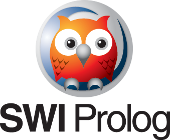 SWI-Prolog is an open source implementation of the Prolog logic programming language. We use it as the primary implementation language in MACH and MQ2, and for specific components of RED.Read more >>>
SWI-Prolog is an open source implementation of the Prolog logic programming language. We use it as the primary implementation language in MACH and MQ2, and for specific components of RED.Read more >>>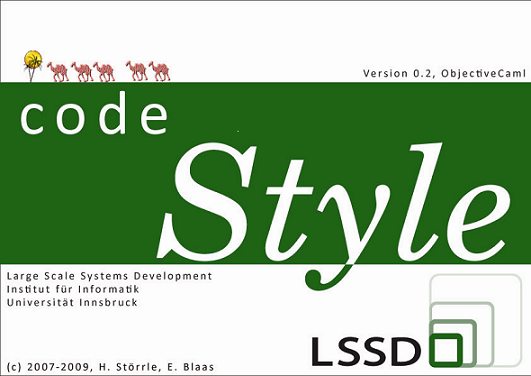 CodeStyle is a little tool to check OCaml programs for compliance with style guide rules. CodeStyle is designed specifically to help fledgeling programmers, so it focuses on finding not just true problems, but also looks into minor weaknesses, and explains the issue. It is highly configurable and should thus apply to similar languages, too.Read more >>>
CodeStyle is a little tool to check OCaml programs for compliance with style guide rules. CodeStyle is designed specifically to help fledgeling programmers, so it focuses on finding not just true problems, but also looks into minor weaknesses, and explains the issue. It is highly configurable and should thus apply to similar languages, too.Read more >>>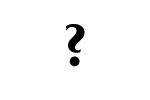 But why do we make so many tools?
But why do we make so many tools? I asked him where he had it made, he said he made it himself, & when I asked him where he got his tools said he made them himself & laughing added if I had staid for other people to make my tools & things for me, I had never made anything...
John Conduitt interviewing Newton, op cit. J. Gleick, Isaac Newton. Fourth Estate, 2003